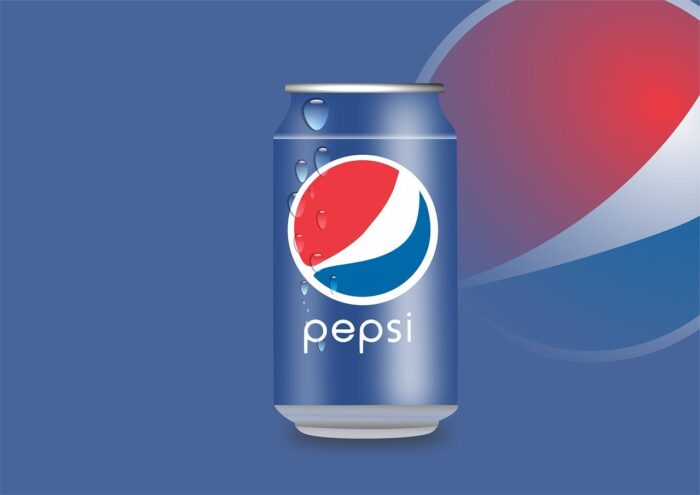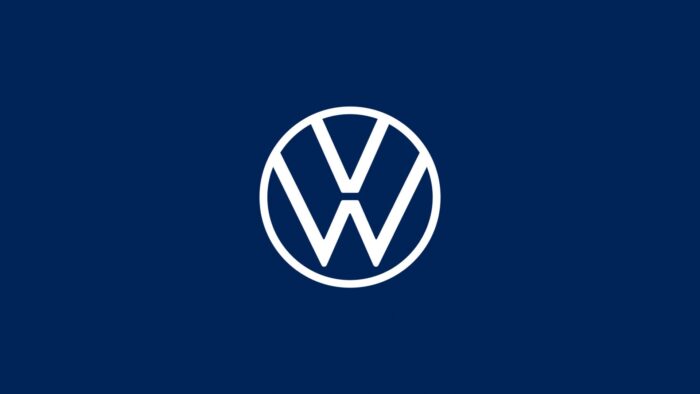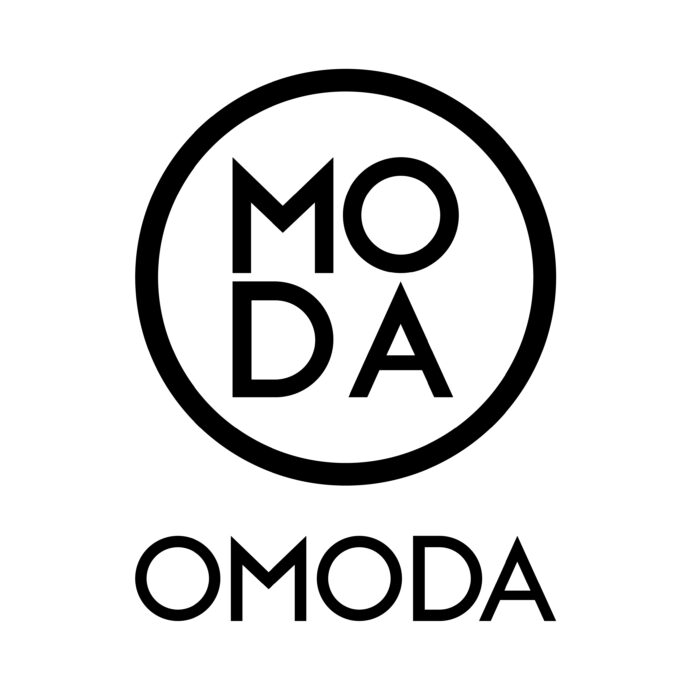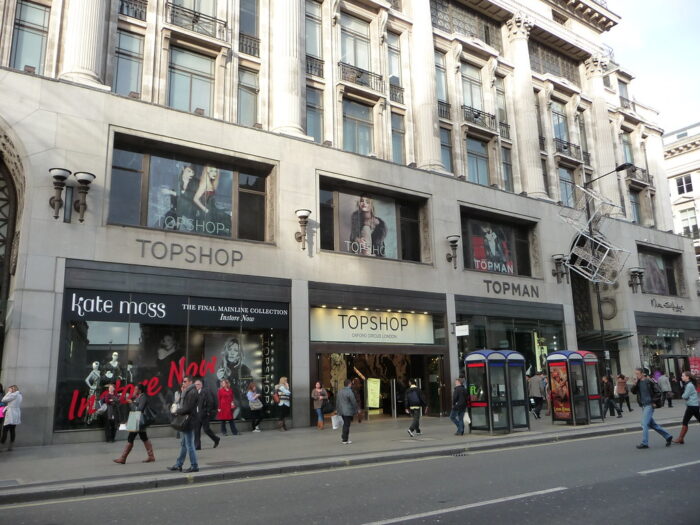Successful online promotion and marketing activities have become a major badge of honour for many brands. From large corporations like Pepsi to smaller startups, there are many lessons to be learned from these endeavours. For this article, we’ll be looking at some major digital marketing cases that show how it’s done.
These digital marketing cases illustrate the many elements of modern digital content strategy. From long-term content planning to effective customer engagement strategy to online market research successes, there are all sorts of areas to learn from.
Pepsi Digital Marketing Case

World-famous food and beverage producer PepsiCo has always been an adaptive digital marketing franchise. Pepsi’s market research is always top-notch, which is particularly pertinent when your biggest competitor is Coca-Cola. This case deals with their digital outreach strategy during the pandemic.
Just like every other business, PepsiCo was adapting to the changing tides in light of Covid. Luckily, the company was already devoting more resources to their online marketing efforts. In conjunction, they were looking to dominate streaming through product placement, via companies like Mirriad.
Kate Brady, PepsiCo’s head of media innovation and partnership development.
The company complements its focus on advertising alongside streaming with a new digital distribution strategy as well. The company set up 2 direct-to-consumer websites that provide a wide range of their products. This synergy allowed their net sales to grow by 5.3% in the 3rd quarter of 2020 (no small feat in a pandemic).
Main takeaway: digital marketing and digital distribution go hand-in-hand during major shake-ups. Lack of access to retailers can turn from a liability to a new business model. Pepsi’s market segmentation strategy also benefits from direct selling without competitors present.
Volkswagen Marketing Campaign Personalisation

Automotive digital marketing can be a tough industry to crack. Cars are a notoriously research-heavy good that requires lots of deliberation on the part of the consumer. This means moving the customer down the sales funnel can be an expensive, arduous process. On top of that, digital marketing on a mass scale can seem too impersonal for many buyers.
As a result of these challenges, Volkswagen’s marketing objectives needed an overhaul. The company made a few smart changes in 2019 that paved the way for a brave new approach to promotion. They cut out the middleman marketing agencies, including Grabarz & Partner. Severing nearly 2-decade old partnerships and leaving only 3 marketing firms in their employ allowed for a more focused strategy.
Then, the company also shifted to a heavy digital marketing push in conjunction with running global campaigns. While the campaigns are set to be global, they aim for a more personalised approach. They increased market and consumer data while deploying new digital tools and AI to maintain a better customer outreach strategy.
“Thanks to our new sales model, we will be in a position to communicate directly with the customer in the future. In the past, direct contacts were largely a matter for the dealers,” said Jochen Sengpiehl, VW brand’s chief marketing officer.
Main takeaway: VW is using the personalisable format of the Internet with its global reach to create a mass marketing campaign that retains a sharp focus on individual car buyers.
Omoda Outsourcing Plan

Another digital marketing case shows that sometimes giving up direct control is a benefit in the long run. Dutch shoe retailer Omoda needed to rework its approach to online advertising. As the company was growing, they were having trouble keeping up with the pace of its 300 campaigns. This is why they partnered with Dept.
The marketing agency Dept aided the firm by keeping track of its automation. Omoda now reaped their reward with global conversion values of their search advertising going up by 30%. The company staff was also spending 20% less time on manual tasks and could scale these duties internationally.
The company was helping them gather first-party data to improve their customer engagement model. Having an outside digital marketing campaign specialist also meant they no longer needed to expand their own team.
Main takeaway: While losing control can seem daunting, it has its rewards.
TopShop Brand Positioning Case Study

This next branding case study emphasises the importance of content management strategy. London Fashion Week is a competitive event where every other brand is putting its best foot forward. While the opportunity for exposure is massive, there is a lot of noise to cut through.
TopShop’s novel idea for standing out in the crowd came as a result of a crucial partnership with Google+. The deal gave fans:
- Backstage access and streamed red-carpet hangouts
- A Google catwalk photo booth in the flagship store
- A fashion hangout app
- Google+ users enjoyed access to Topshop’s creative director and head of design
- Content from top models Cara Delevingne, Jourdan Dunn, Rosie Tapner, and Ashleigh Good
Among these features, there was also an interactive element. The special Google+ booth allowed users to try on fashion items and then post pictures. Additionally, Be Part of The Team allowed audiences to witness the behind-the-scenes feed at TopShop’s headquarters.
The result was 4 million views across all platforms. The red carpet hangout also proved especially successful, charting in at 7,500 live viewers. Topshop’s Oxford Street booth store generated more than 600 photos, while the hangout app produced superb engagement. Audience members spent 11 minutes interacting with the app, with 52% of them re-sharing it.
Main takeaway: This branding and content marketing case study shows how accessibility can enforce existing brand values.
MyFix Social Media Digital Marketing Case

While Canadian bicycle retailer Myfix Cycle was not breaking even with their online ad spend, they were adamant to make things work. Their partnership with Webrunner Media Group resulted in a far more effective marketing ROI. This social media case study illustrates the communication and link retargeting potential of digital campaigns.
The company switched to a far cheaper retargeting campaign on Facebook and saw its results explode. At this point they were gaining $15 for every $1 spent through a few simple steps:
- Firstly, they employed Facebook pixel and conversion tracking for their own website.
- Next, audience segmentation was key. 3 segments included:
- Visitors in the past 14 days.
- Then, a subdivision of those same visitors added a product to their cart in the past 14 days.
- Buyers from MyFix in the past 180 days.
- Using the Custom Audiences option on Facebook, Myfix Cycles targeted the first two segments. They also excluded the recent buyers (3rd category). Since there are rarely repeat buyers in the bicycle market, there is little point in wasting the budget to target them.
- In terms of ad content, the company pushed free shipping and the visual appeal of their bicycles.
Main takeaway: As this online marketing strategy case study proves, spending more money doesn’t always mean spending wisely. Simple campaigns targeted at the right segments can be very effective.
For more, check out Promoguy’s own case studies derived from crucial projects.


